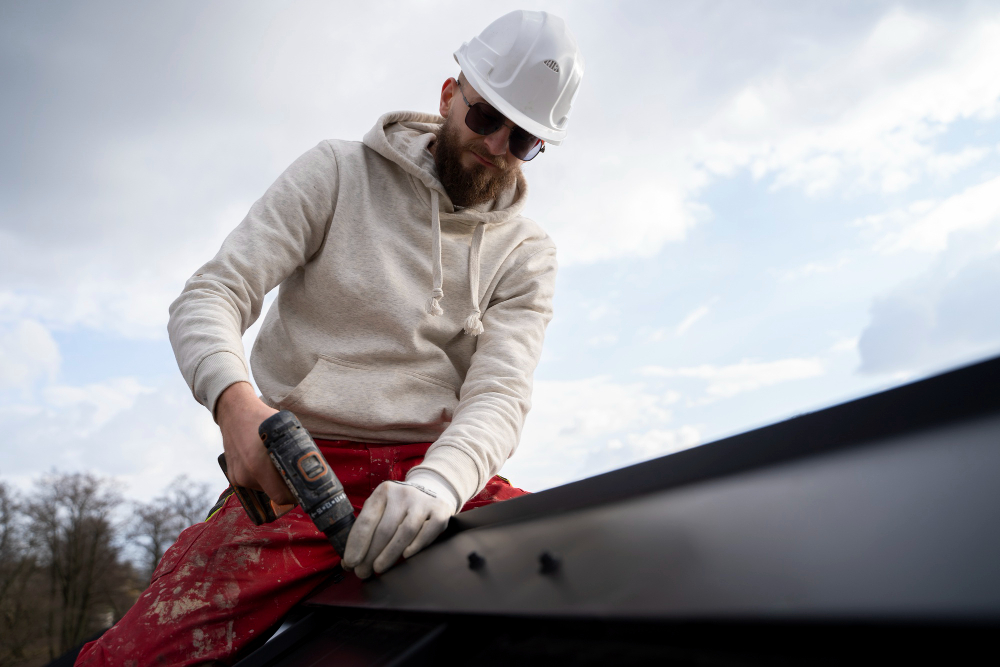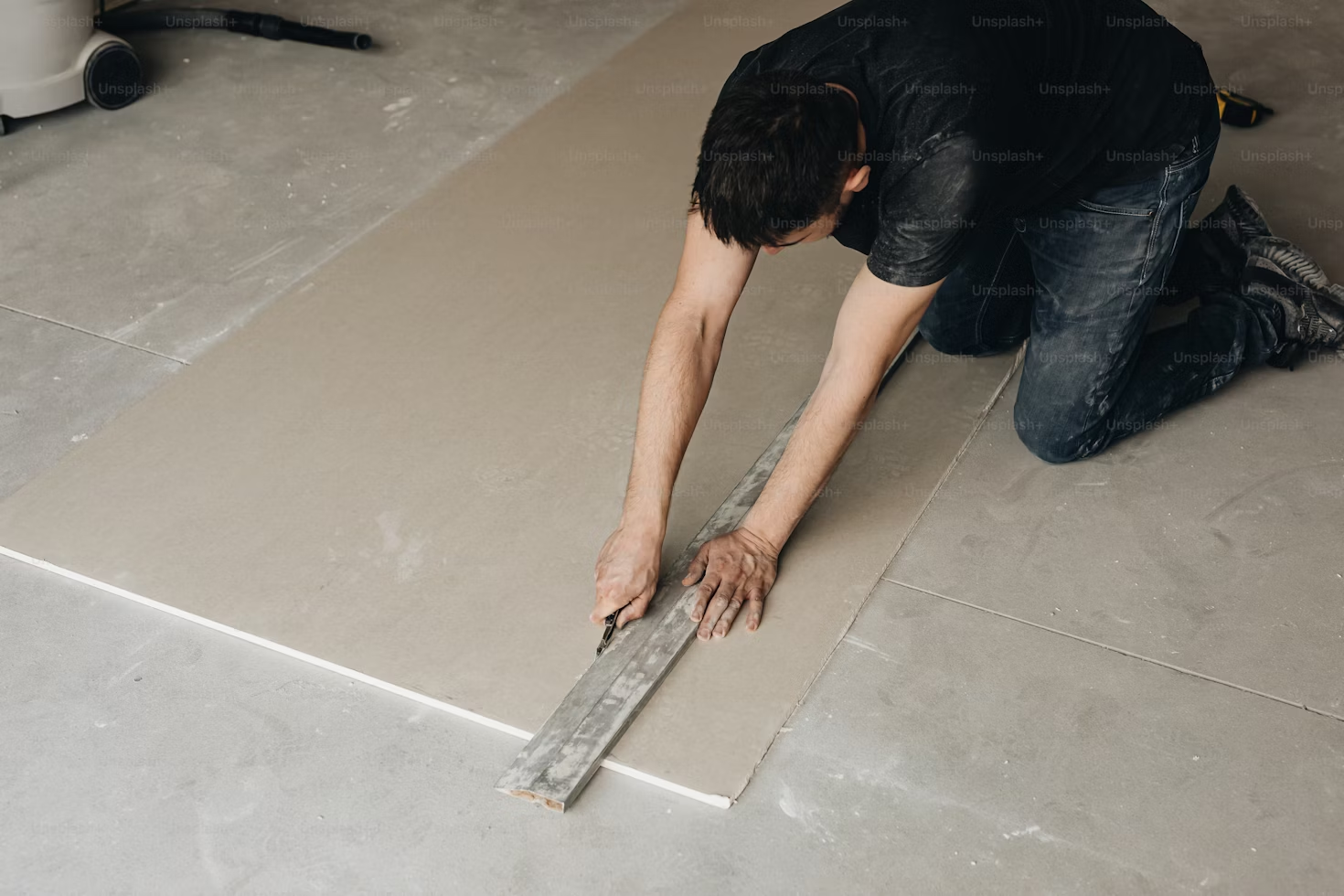Can I Use Fiberboard to Waterproof a Window Opening?

Table of Contents
ToggleIntroduction
Waterproofing window openings is essential to prevent water damage, mold growth, and structural issues. Ensuring that window openings are sealed properly can prolong the lifespan of both the window and the surrounding walls, especially in areas with high moisture levels.
Can Fiberboard Be Used for Waterproofing?
Fiberboard is not recommended as a waterproofing material for window openings. Although it may serve as a temporary solution, fiberboard is highly susceptible to moisture absorption, swelling, and deterioration when exposed to water. Over time, this can compromise the integrity of the window opening, leading to potential leaks and structural damage.
Why Fiberboard is Not Ideal
Fiberboard is primarily used for interior applications, such as underlayment or wall sheathing, but it lacks the moisture resistance needed for exterior applications. If used in a window opening, it would require multiple layers of moisture barriers and sealants, which are not cost-effective or reliable for long-term waterproofing.
Alternative Materials for Waterproofing Window Openings
- Cement Board: Cement board is a better alternative for waterproofing because of its durability and resistance to water damage. It can withstand prolonged exposure to moisture without compromising its structure.
- Waterproof Sheathing: Materials like moisture-resistant sheathing boards are designed for exterior use and offer superior water resistance.
- Vinyl Wrap or Aluminum Flashing: These materials create a physical barrier that prevents water infiltration and protects the window’s frame.
Cement Board vs. Fiberboard for Window Openings
- Cement Board: Resistant to moisture and ideal for exterior use around window openings. It also has a longer lifespan and can serve as a base for waterproof membranes.
- Fiberboard: Best for interior use and dry applications. When exposed to high humidity or direct water contact, fiberboard will degrade quickly, making it unsuitable for window openings.
Best Practices for Using Fiberboard
If you choose to use fiberboard for a window opening (in situations where there’s limited exposure to water), consider the following:
- Use a High-Quality Sealant: Apply a waterproof sealant to all edges of the fiberboard.
- Install a Moisture Barrier: Add a vapor barrier behind the fiberboard to reduce water infiltration.
- Regular Maintenance: Inspect frequently for signs of swelling or warping.
Conclusion
While fiberboard may be an economical option for interior applications, it is not suitable for waterproofing window openings due to its moisture sensitivity. For lasting protection, consider using cement board or other waterproof materials designed for exterior use.
For more information, visit the Ultimate Guide to Waterproofing Windows.
FAQs
1. Can I use fiberboard to waterproof a window opening?
No, fiberboard is not recommended for waterproofing as it is highly susceptible to moisture absorption and damage over time.
2. What is a better alternative to fiberboard for window openings?
Cement board and waterproof sheathing are ideal alternatives due to their durability and water-resistant properties.
3. Can I use fiberboard if I install a moisture barrier?
While a moisture barrier can help, it’s not a long-term solution, and fiberboard will still degrade faster than other waterproof materials.
Why You Need These Blogs:
Apex Traffic vs ClickSEO for Small Business Digital Marketing
Solving “A Bit Teary Eyed” Clue in NYT Crossword: Tips and Tricks
A Difficult Game About Climbing: Free Download for PC
Best Way to Store Printed 8 1/2 x 11 Pages: Comprehensive Guide for Safe Document Storage




